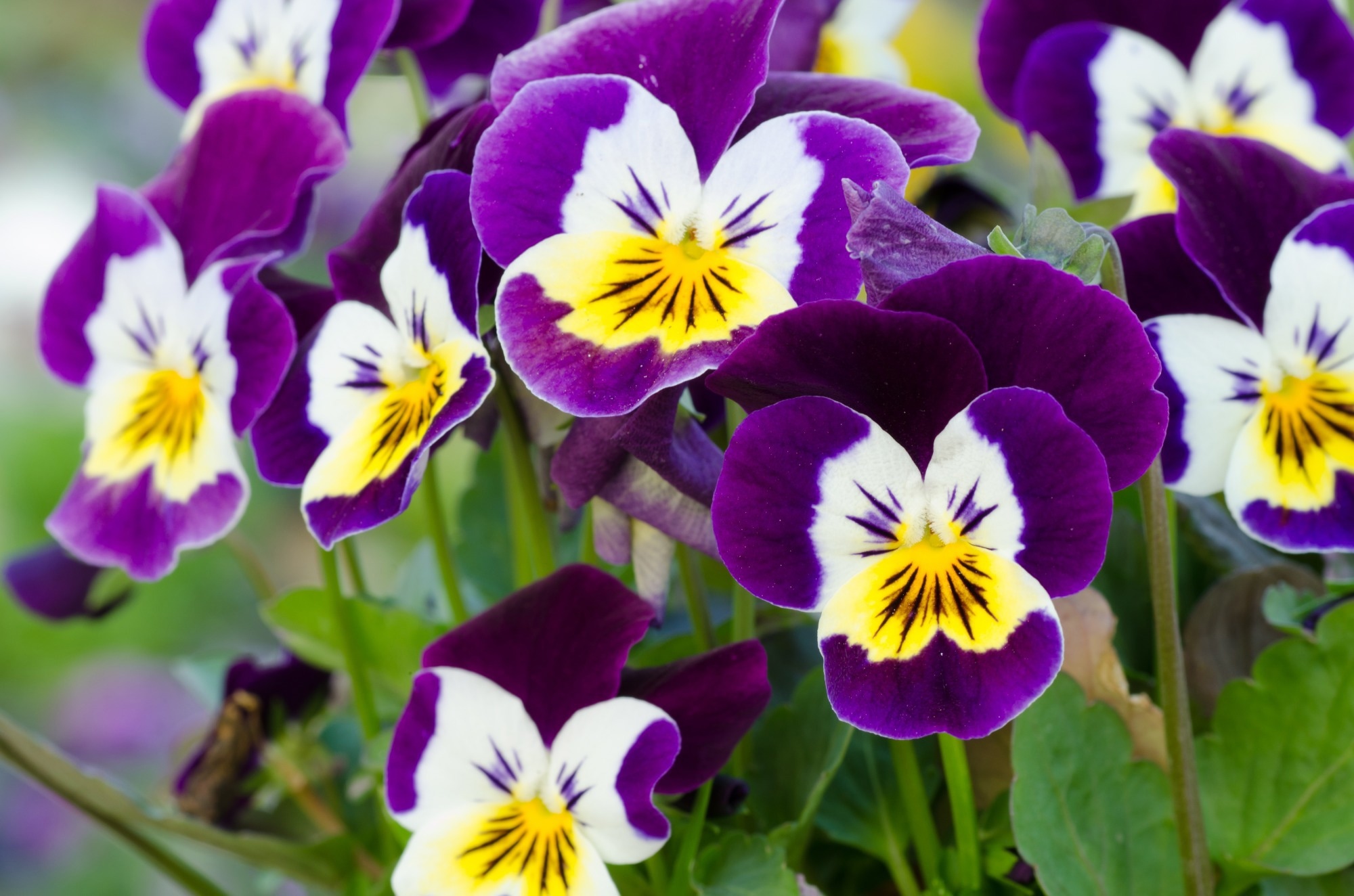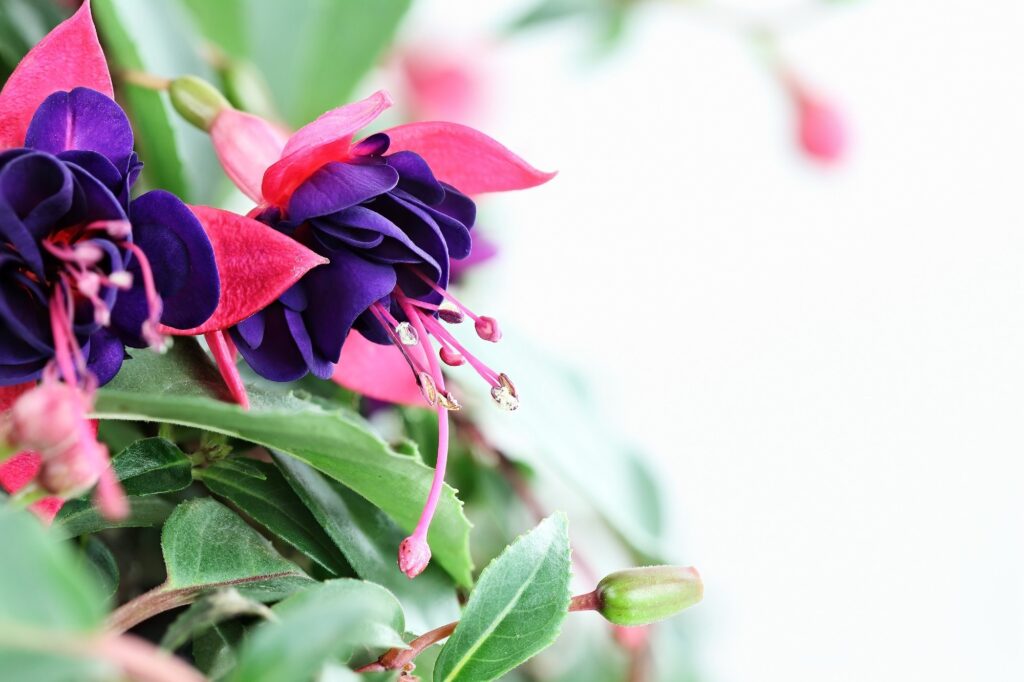In a recent study published in the journal foodResearchers investigated the bioactive compound composition, aroma profile, and antioxidant activity levels of four edible flowers. Their findings contribute to scientific understanding of the nutritional and health benefits of edible flowers.
 Research: Phytochemical, nutritional and mineral content of four edible flowers. Image credit: Stephanie Frey / Shutterstock
Research: Phytochemical, nutritional and mineral content of four edible flowers. Image credit: Stephanie Frey / Shutterstock
background
The Mediterranean diet and other traditional, healthy eating patterns include the consumption of edible flowers, which are rich in micronutrients, macronutrients, and antioxidants while enhancing the taste and texture of dishes.
Although some species of edible flowers have been studied to characterize their nutritional properties, other species, including some commonly consumed varieties, are relatively unknown. Analyzing their mineral, nutritional and phytochemical content could lead to the development of new functional foods and natural remedies to improve public health and nutrition.
About research
In this study, researchers analyzed flowers. Viola cornuta, fuchsia regia, dianthus, and pumpkin moschata.meanwhile C. Moschata were grown in open fields in Italy, while other species were grown in nearby greenhouses.
 Viola Cornuta. Image credit: joloei / Shutterstock
Viola Cornuta. Image credit: joloei / Shutterstock
Organic practices were followed for all plants. Fully opened flowers were harvested early in the morning after maturity. Flowers he arranged in three identical groups or duplicates. Half of each replicate was vacuum lyophilized and the other half was frozen in liquid nitrogen.
Frozen flowers were used to extract primary metabolites or soluble sugars, namely sucrose, D-fructose, D-glucose, and secondary metabolites (polyphenols, flavonoids, carotenoids, anthocyanins, etc.). We also measured radical scavenging activity from these samples. Freeze-dried flowers were used to measure organic nitrogen, phosphorus, other micro- and macroelements, and crude protein.
Additionally, vitamin B (thiamin, riboflavin, niacin, and folic acid) and vitamin C or ascorbic acid were extracted and quantified. Fresh flowers were used to collect volatile organic compounds (VOCs) and injected into a gas chromatograph to assess the aroma profile. Electron impact mass spectrometry was used to analyze the separated compounds.
The biochemical results were further analyzed using one-way analysis of variance (ANOVA), statistical tests, principal component analysis (PCA), and hierarchical cluster analysis (HCA).
Investigation result
D. chinensis It had the highest soluble sugar content, but V. Cornuta It was the least. The latter also showed lower levels of soluble sugars than the others. viola seed.Sucrose not found C. Moschata or F. Regia In our samples, D-glucose was the most abundant sugar in all four species.
C. Moschata and V. Cornuta It showed the highest crude protein content. It is rich in macroelements such as calcium, potassium, and phosphorus, but the most common micronutrients were manganese, zinc, and iron.
Notably, the flowers analyzed showed higher levels of calcium than similar species studied previously, suggesting that these flowers could provide a significant portion of the recommended daily intake. I suggested that.
Analysis of antioxidant compounds such as polyphenols, flavonoids, anthocyanins, and carotenoids. F. Regia While the total polyphenol content was the highest; V. Cornuta Carotenoid content was the highest.
F. Regia Contained much higher levels of total phenolic compounds than any other known fuchsia seed V. Cornuta richer in carotenoids than others viola seed. Analysis of radical scavenging activity verified these results.
C. Moschata It has the highest content of all B vitamins except riboflavin and can help meet your daily intake, especially when taken fresh. It is noteworthy that this Cucurbitaceae Flowers are often cooked before consumption and are usually low in niacin, total folate, and thiamine. Riboflavin levels were low in all four of his species.
The highest content of vitamin C or ascorbic acid was V. Cornuta. This metabolite shows signs of gradual decline after harvest, so flowers must be consumed soon after harvest or stored properly to ensure the required levels of vitamin C reach the consumer.
VOC analysis revealed a unique aroma profile. Each species has its own VOC composition; D. chinensis and F. Regia Share similar profiles. especially, C. Moschata and V. Cornuta exhibit different compositions, with specific compounds contributing to the aroma. in particular, V. Cornuta It released high levels of monoterpene and sesquiterpene hydrocarbons.
Multivariate statistical analyzes such as PCA and HCA identified species based on their biochemical and volatile compositions. V. Cornuta It stands out due to its unique VOC profile and high manganese and zinc content. C. Moschata It was notable for its low antioxidant activity and richness in phosphorus and niacin.
meanwhile, F. Regia and D. chinensis These clustered tightly together and were characterized by the release of cis-geranyl acetone and decanal, and exhibited higher levels of D-fructose, D-glucose, iron, and sodium.
conclusion
Understanding the aroma profiles, antioxidant activity levels, and bioactive compound compositions of edible flowers is important for harnessing this relatively underutilized biological resource for the development of novel functional foods and natural therapies. , it could also be applied to the creation of fragrances.
Further research is needed to understand how these compounds are stabilized and preserved. Meanwhile, many species of edible flowers still need to be characterized and evaluated.
Reference magazines:
- Phytochemical, nutritional and mineral content of four edible flowers. Marchioni, I., Gabriele, M., Calmassi, G., Ruffoni, B., Pisteri, L., Pisteri, L., Najjar, B. food (2024). 10.3390/foods13060939, https://www.mdpi.com/2304-8158/13/6/939


